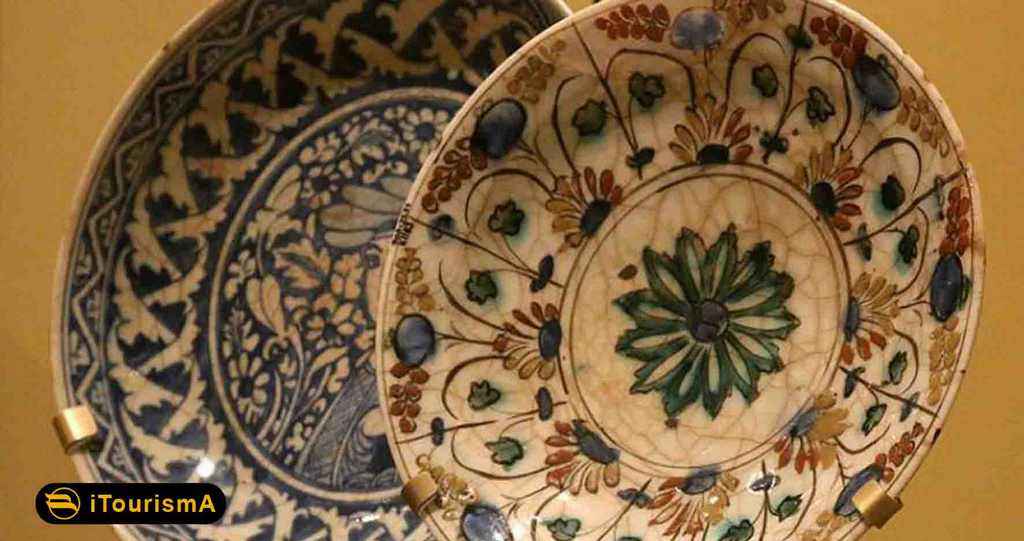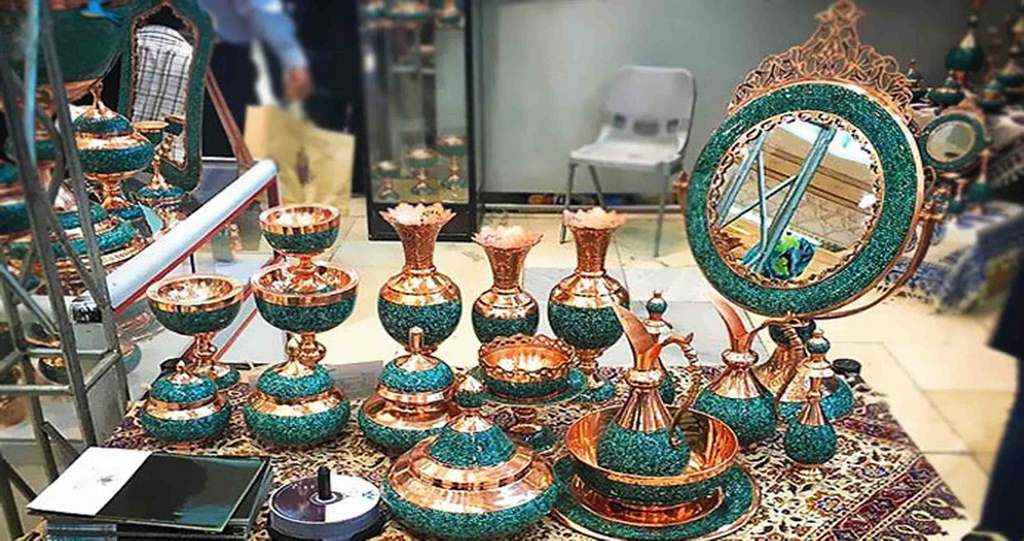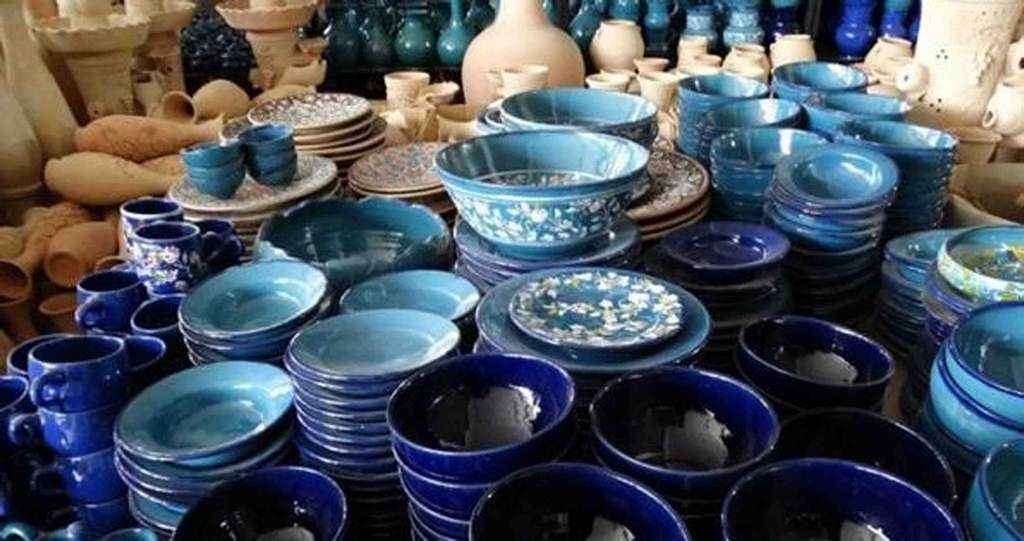- Shah Mosque, Isfahan
The Shah Mosque, also known as New Abbasi Mosque, Royal Mosque, or Imam Mosque after the Iranian Revolution, is a mosque in Isfahan, Iran, standing in south side of Naghsh-e Jahan Square. It was built during the Safavid dynasty, ordered by Abbas I of Persia.

- Ali Qapu Palace, Isfahan
At the west of Naghsh-e Jahan Square, just in front of the Sheikh Lotfollah mosque, one of the most magnificent palaces of 17th century is located. The Ali Qapu palace is well-known palace all over Iran. The first part of palace was built in 1597. It was used as a residential palace. It is forty-eight meters high and there are six floors, each accessible by a difficult spiral staircase.

- Nasir-o-Molk Mosque, Shiraz
The Nasirolmolk Mosque, also known as the Pink Mosque, is a traditional mosque in Shiraz, Iran. It was built during Qajar dynasty rule of Iran. The mosque includes extensive coloured glass in its facade, and displays other traditional elements such as the Panj Kāse (“five concaved”) design. It is named in popular culture as the ‘Pink Mosque’, due to the usage of considerable pink colour tiles for its interior design.

- Persepolis, Shiraz
Persepolis was the ceremonial capital of the Achaemenid Empire (ca. 550–330 BCE). It is situated 60 km northeast of the city of Shiraz in Fars Province, Iran. The earliest remains of Persepolis date back to 515 BCE. It exemplifies the Achaemenid style of architecture. UNESCO declared the ruins of Persepolis a World Heritage Site in 1979.

- Golestan Palace, Tehran
The Golestan Palace is a masterpiece of the Qajar era, embodying the successful integration of earlier Persian crafts and architecture with Western influences. The walled Palace, one of the oldest groups of buildings in Teheran, became the seat of government of the Qajar family, which came into power in 1779 and made Teheran the capital of the country. Built around a garden featuring pools as well as planted areas, the Palace’s most characteristic features and rich ornaments date from the 19th century. It became a centre of Qajari arts and architecture of which it is an outstanding example and has remained a source of inspiration for Iranian artists and architects to this day. It represents a new style incorporating traditional Persian arts and crafts and elements of 18th century architecture and technology.

- Khaju Bridge, Isfahan
Khaju Bridge is one of the historical bridges on the Zayanderud, the largest river of the Iranian Plateau, in Isfahan, Iran. Serving as both a bridge and a weir, it links the Khaju quarter on the north bank with the Zoroastrian quarter across the Zayanderud. It also served a primary function as a building and a place for public meetings. It has been described as the city’s finest bridge.

- Naqsh-e Rustam, Shiraz
Naqsh-e Rustam is an ancient necropolis located about 12 km northwest of Persepolis, in Fars Province, Iran, with a group of ancient Iranian rock reliefs cut into the cliff, from both the Achaemenid and Sassanid periods. Naqsh-e Rustam is the necropolis of the Achaemenid dynasty (c. 550–330 BC), with four large tombs cut high into the cliff face. These have mainly architectural decoration, but the facades include large panels over the doorways, each very similar in content, with figures of the king being invested by a god, above a zone with rows of smaller figures bearing tribute, with soldiers and officials in a sarcophagus.

- Qavam House, Shiraz
Qavam House (also widely called “Narenjestan e Ghavam”) is a traditional and historical house in Shiraz, Iran. It was built between 1879 and 1886 by Mirza Ibrahim Khan. The Qavam family were merchants originally from Qazvin. But they soon became active in the government during the Zand dynasty, followed by the Qajar, and Pahlavi dynasty as well.

- Tower of Silence, Yazd
Zoroastrians believed that the dead body would “pollute” the earth if buried in it; in order to combat this problem, they built the Towers of Silence close to the sky, where special caretakers would carry up the dead. In these large and exposed circular spaces, the sun and birds left behind nothing but bones that were later collected and finally disintegrated by lime and water.

- Wind Catchers, Yazd
Yazd is filled with old single-storey mud-brick buildings that are hidden around narrow alleys, creating a maze-like city structure that was initially meant to confuse potential attackers. Most homes contain an inner courtyard, often with a small pond, in order to cool down the buildings and improve air circulation. Some more fortunate residents could afford to build “badgir” or “wind-catchers” that drag fresh air down into the rooms and courtyards, maximizing airflow. Climbing up to a rooftop will open up another world; the earthen landscape that is created by the organic domes and magnificent “badgir” will give you an entirely different perspective on the old architecture of Yazd.


























